When you think about foods you can freeze, your mind probably goes straight to meats, vegetables, and maybe a batch of chili. But there’s a whole world of ingredients that handle the deep freeze like a champ, and chances are, you haven’t even thought of tossing them in there. This collection sheds light on 10 surprising foods that not only survive the freezer but come out looking good on the other side if you do it right. From saving your groceries from becoming waste to making your kitchen routine a bit easier, freezing these unexpected items could just be the next great trick up your sleeve. So, let’s clear out some freezer space and get ready to be surprised.

Eggs

Freezing whole eggs requires cracking them into a bowl and beating them until blended. This prevents yolk and white separation. Another method is to freeze the whites and yolks separately. Egg whites can be frozen directly in their natural state, while yolks should be mixed with a pinch of salt or sugar to prevent thickening. To store, pour the mixture into an ice cube tray, then transfer the frozen cubes to a freezer-safe bag or container. Always label with the date and contents. Use the frozen eggs within a year for the best quality. Tip: Don’t freeze eggs in their shells, as they can crack and become unusable.
Rice
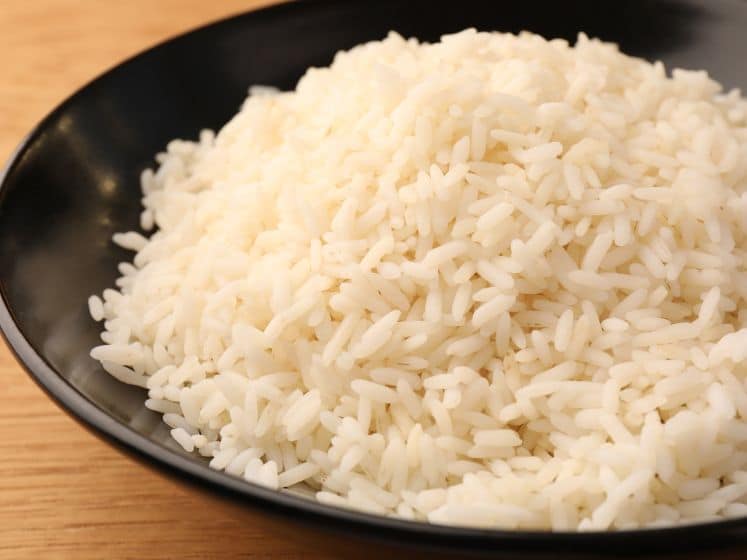
Frozen rice can be a game-changer for quick meals. To freeze cooked rice, spread it in a thin layer on a baking sheet to cool rapidly. Once cooled, transfer to airtight containers or freezer bags, removing as much air as possible. Label with the date and freeze. To reheat, sprinkle a bit of water to maintain moisture and microwave or steam until hot. Using this method prevents rice from becoming dry and ensures it remains fluffy.
Shredded Cheese
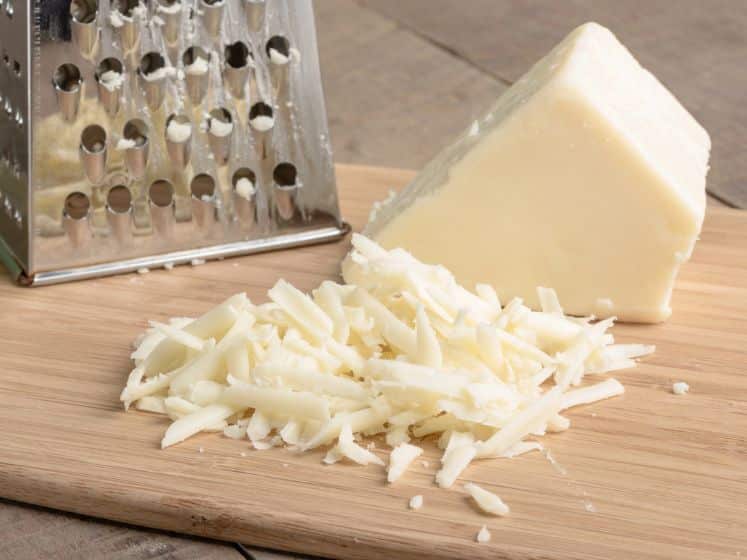
Shredded cheese freezes well and is convenient for later use. To prevent clumping, spread the shredded cheese on a baking sheet and freeze for an hour before transferring it to an airtight bag. Label the bag with the date to monitor freshness. For the best texture, use within 2-3 months. When ready to use, defrost in the refrigerator to reduce moisture loss. Shredded cheese is ideal for cooking applications like casseroles, pizza, and soups.
Avocados

Avocados can be tricky to freeze, but keeping their vibrant green color is possible with a few steps. Cut the avocado in half, remove the pit, and scoop out the flesh. Mash it with a bit of lemon or lime juice to prevent browning. Place the mashed avocado in a freezer-safe bag, spread it out flat, and press out the air before sealing. You can also freeze avocado halves by brushing them with lemon or lime juice and wrapping them tightly in plastic wrap before placing them in a zip-top bag.
Vegetable Scraps

Freezing vegetable scraps is an excellent way to reduce waste and make the most of your produce. These scraps can be used later to make nutrient-rich vegetable broth, adding depth and flavor to soups, stews, and sauces. To freeze vegetable scraps properly, collect clean, pesticide-free scraps such as carrot peels, onion skins, celery ends, and herb stems. Place them in a freezer-safe bag or container, labeling them with the date and type of scraps. Lay the bag flat in the freezer to save space, where it can be stored for up to six months. When ready to use, simply add the frozen scraps directly to your pot of boiling water to make broth — no need to thaw.
Pasta

Cooked pasta can be frozen without becoming a sticky mess. After cooking, drain and rinse with cold water to stop the cooking process. Toss the pasta in a small amount of olive oil to prevent sticking. Portion the pasta into freezer bags or containers, squeezing out excess air. Label and freeze. When you’re ready to use it, reheat by dropping the frozen pasta into boiling water for a minute or two, or warm it up in a sauce in the microwave. This technique keeps the pasta from clumping together and preserves its texture.
Ripe Bananas

Ripe bananas can be frozen for later use in smoothies, baking, or as a healthy snack. Start by peeling the bananas and slicing them into rounds. Arrange the slices in a single layer on a baking sheet lined with parchment paper. Freeze them until solid, which usually takes a few hours. Once frozen, transfer the banana slices to a zip-top bag, making sure to remove as much air as possible to prevent freezer burn. Label the bag with the date for easy reference. Frozen banana slices can last for up to six months in the freezer.
Ginger

Freezing ginger preserves its freshness and flavor, making it easy to add to dishes anytime, and also makes grating easier as frozen ginger is firmer and less fibrous. To freeze ginger properly, wash and dry the ginger root and decide whether to freeze it whole, sliced, or grated. Place the ginger in a freezer-safe bag or container and label it with the date. Store the ginger in the freezer for up to six months. Use the frozen ginger directly in recipes, and if you need grated ginger, grate it while still frozen for easier handling, with no need to thaw.
Soft Cheeses

Soft cheeses, like cream cheese and ricotta, present a challenge when freezing. They tend to lose their creamy texture and become grainy. To minimize this, freeze them in their original packaging if unopened. For opened packages, transfer to an airtight container. It’s best to use these cheeses in cooked dishes where the change in texture is less noticeable. Thaw them in the refrigerator and use them immediately after defrosting. Aim to eat within two months.
Tofu
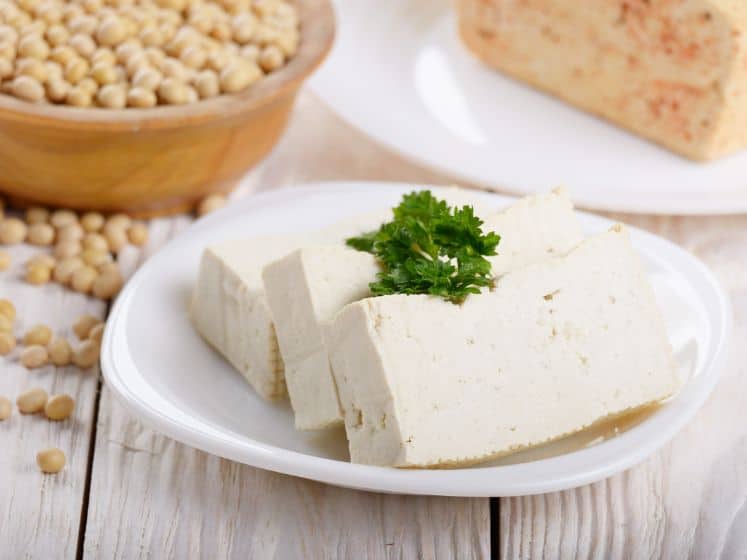
Freezing tofu can significantly enhance its texture, making it firmer and chewier, which many find more satisfying and meat-like. To prepare, drain and press the tofu to remove excess water, a crucial step to avoid a spongy texture. Cut the tofu into desired shapes, spread them on a parchment-lined baking sheet, and freeze. Once frozen, transfer the pieces to an airtight container or freezer bag. To thaw, place the frozen tofu in the refrigerator overnight or soak it in warm water for quicker results.





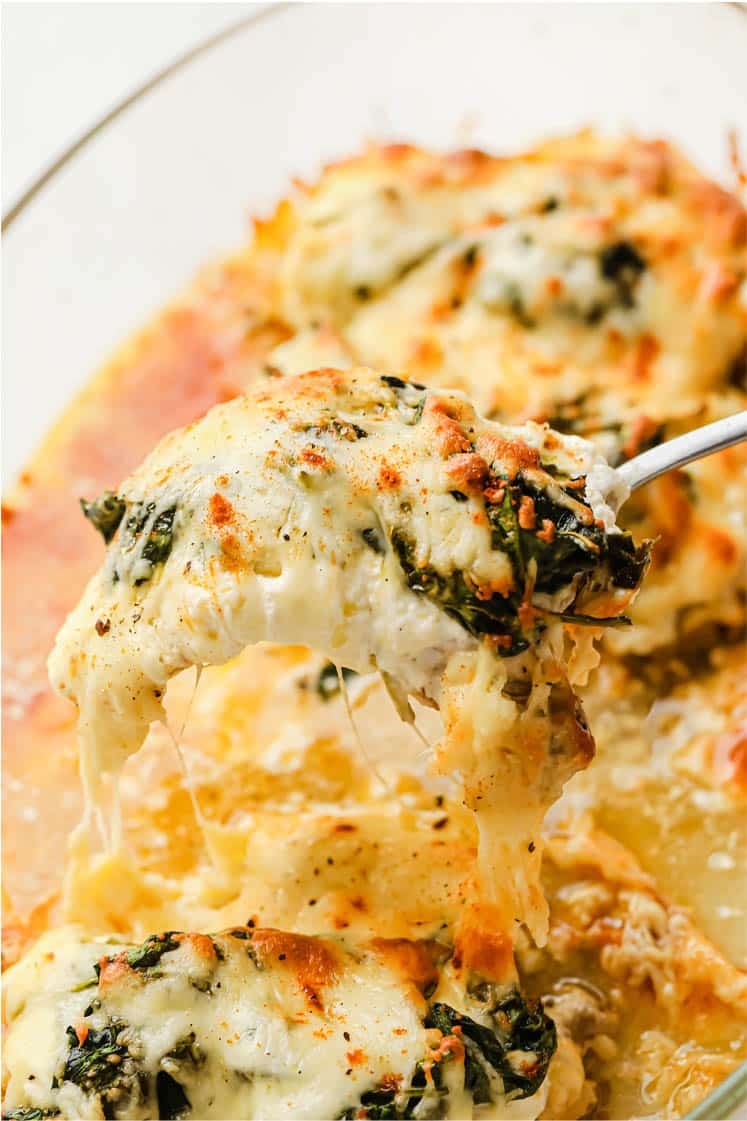






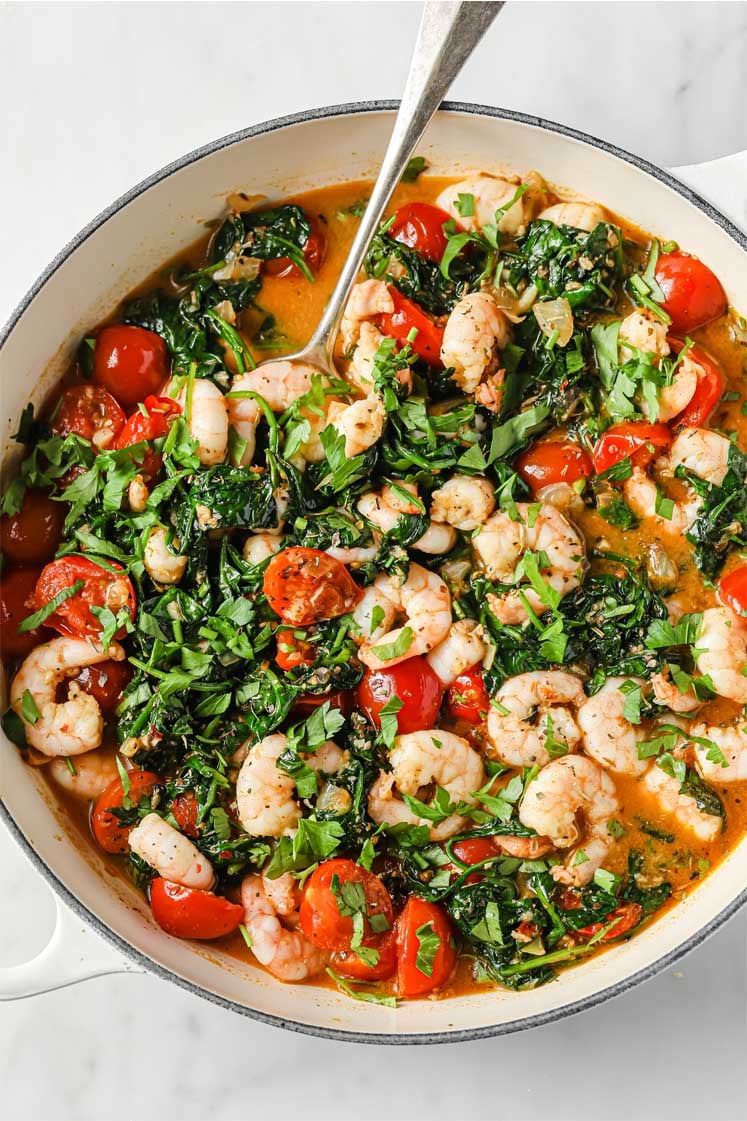











Leave a Reply